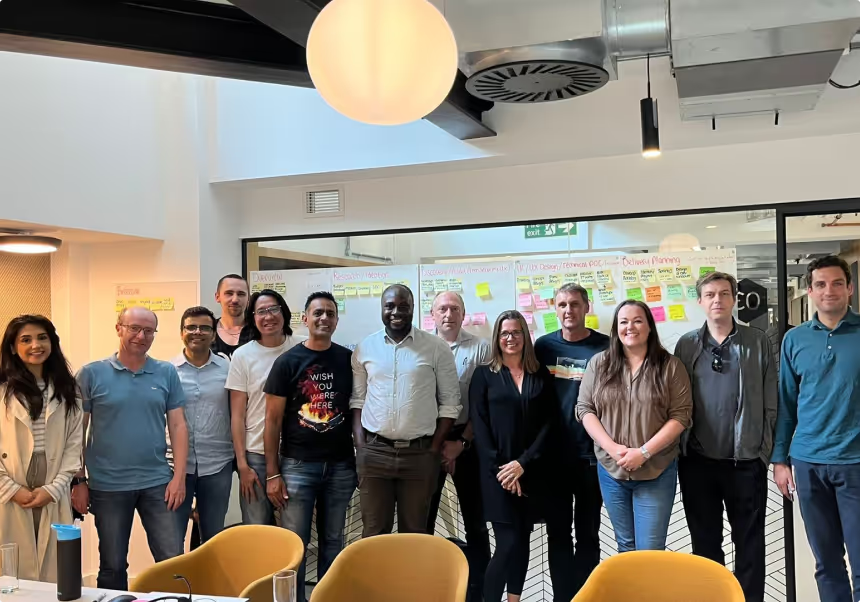When stoats were introduced into Aotearoa to control rabbit populations, the unintended consequence was a devastating impact on native bird species, something that we are still trying to recover from. This example illustrates how well-intentioned actions can lead to significant, unforeseen problems, a concept that is highly relevant in experience design as well. Unintended consequences can often destroy so much value that they become the dominant perception of value creation.
The law of unintended consequences is not new having originally been formulated by American sociologist Robert K. Merton in his 1936 paper, "The Unanticipated Consequences of Purposive Social Action.” It has now become foundational to economics, social sciences, and design, emphasising that actions, particularly those taken by governments or large organisations, can lead to unexpected and often undesirable results.
Application in design
In the field of design, unintended consequences are particularly significant. As designers, we create with a specific purpose, but our designs often interact with the world in unpredictable ways. A well-intentioned feature of our design might lead to adverse effects, or a seemingly minor detail might cause significant disruption.
Identifying unintended consequences in the design process
To mitigate the risk of unintended consequences, we should consider the following:
Anticipate the unintended consequences
One effective method for anticipating unintended consequences in the design process is scenario planning. This involves developing multiple hypothetical scenarios to explore how a design might be used in different contexts and interact with various user behaviours and environmental factors. By exploring a range of possible futures, we can identify potential issues and unexpected outcomes that may not be immediately apparent. For instance, a new feature intended to enhance engagement might inadvertently lead to excessive screen time or privacy concerns. Scenario planning helps us as designers to proactively address these potential negative impacts and extract more value out of positive ones.
Test, test and retest
User testing is essential in identifying unintended consequences in design. However, three critical dimensions must be considered to increase the likelihood of identifying both positive and negative unintended consequences:
1. Building context with participants
It's vital to ensure that participants understand the context in which the design will be used. This means providing relevant background information and scenarios that mimic real-world usage. By immersing participants in the appropriate context, designers can gather more accurate feedback and identify issues that may arise from users' interactions with the design in their typical environment.
2. Testing in the physical environment
Equally important is conducting tests within the physical environment where the design is most likely to be used. This approach helps uncover practical issues related to spatial constraints, environmental conditions, and other contextual factors that may not be apparent in a controlled setting. Testing in the actual or a closely simulated environment ensures that the design's performance and user experience are assessed under realistic conditions.
3. Considering the impact on secondary customer/stakeholder groups
The experiences we design often affect secondary customer or stakeholder groups. For example, a parent assisting their child with a university application interacts with the design differently than the student. It's crucial to consider and test how these secondary groups experience the design, as they are also affected by how the design is implemented. Including these secondary groups in the testing process can reveal additional unintended consequences that might otherwise be overlooked.
By addressing context, physical environment, and secondary stakeholder impacts during user testing, we can gain deeper insights and more effectively identify and mitigate unintended consequences, leading to more predictable and successful outcomes.
Collaborate widely
Testing with customers alone isn't enough to uncover the full spectrum of unintended consequences in a design solution. To gain a comprehensive understanding, it's crucial to assess the design's impact on a wide range of stakeholders. This includes technical teams, customer service representatives, operational staff, legal advisors, and commercial partners. This can be done through co-design of the customer and operational journeys using blueprinting or customer journey mapping techniques. Each of these groups offers unique insights and perspectives that can help identify potential issues and unforeseen effects. Engaging with these diverse stakeholders ensures a more holistic evaluation of the design, leading to a reduction in unforeseen unintended consequences.
Monitor and improve after release
If you have done robust user testing and collaborated with stakeholders then you should avoid being caught out by any big unintended consequences. Surprisingly one of the things we see too often is organisations poorly supporting the post-release monitoring of their digital experiences as project teams “move on”. We highly recommend creating mechanisms for continuous feedback and iteration. This involves collecting insight from users and stakeholders after the implementation and being willing to make adjustments based on real-world impacts.
Conclusion
The law of unintended consequences reminds us that even the best-laid plans can go awry. By understanding and anticipating these potential outcomes, designers can significantly reduce the risks associated with releasing new experiences. Incorporating a thorough testing process that considers context, physical environment, and the impact on secondary stakeholders, along with collaboration across diverse teams, is crucial. These steps help ensure that designs are not only user-friendly but also resilient to unforeseen issues. Proactive measures in the design process are key to minimising negative impacts and maximising positive outcomes.
For a deeper understanding of unintended consequences, you can read more here.
Image generated by ChatGPT 4o






